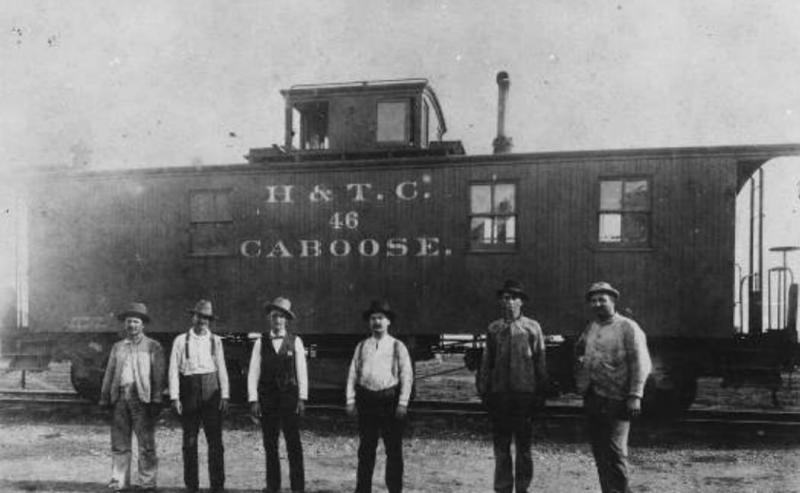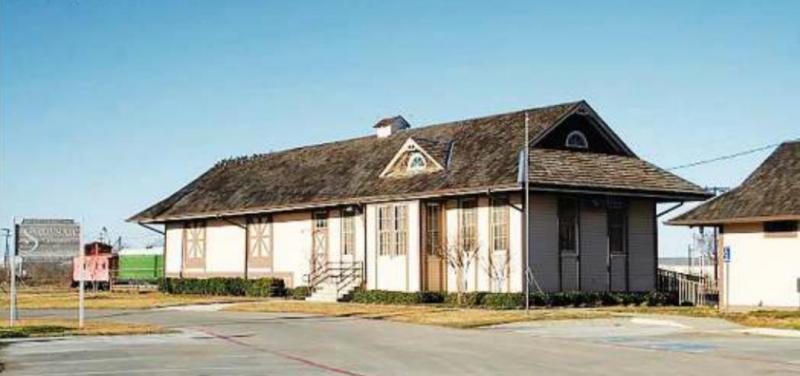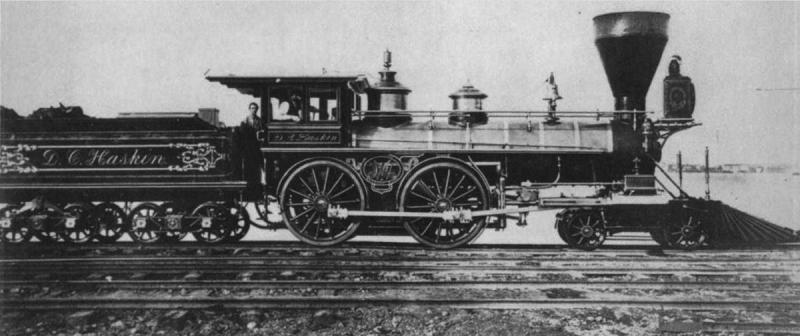Whispers of Kosse’s Past
This week in Kosse history is a milestone that would forever change the face and fortune of this sleepy little town in Central Texas. The town; named for the chief engineer of the Houston and Texas Central Railroad, Theodore Kosse; was about to become the terminus for the railroad.
150 years ago this week, the first trains steamed into Kosse carrying passengers and freight from Houston and Galveston. Instead of taking days to travel the distance to these distant points by horse or wagon, citizens and merchants could now reach them in a matter of hours.
With the trains came an influx of new businesses, travelers, and even criminals. Hotels, dry goods stores, jewelers, saloons, doctors, and families looking for a fresh start in the country flocked to this new boomtown.
Construction on the rails had begun months earlier. Workers were carried to Bremond by rail and would travel north as the rails were built. Their terminus was a railroad ‘helltown’ called Mugginsville, which was located just north of the Kosse city limits. According to newspapers at the time, Mugginsville served as a central location for the railroad workers. It was a rough place, with little law and order. This location was abandoned in mid-November 1870 as the construction continued north towards the present city of Groesbeck.
On October 1, 1870, two new steam engine trains were christened in Galveston for the express purpose of the Galveston to Kosse route. One was named the “F.A. Rice”, the other “W.E. Dodge”, named for an executive at the H & T C Railroad. These trains would make the run from Kosse to Houston twice a day.
The first train pulled into the Kosse depot the first week of November 1870. It pulled several cars containing both passengers and freight. The train had left Houston at 10 a.m. and arrived in Kosse around 8:20 p.m., according to the schedules posted in period newspapers. The train would leave Kosse the next morning at 6:15 a.m., arriving in Houston at 4 p.m.
Along with the excitement of new possibilities presented by the railway came tragedy. A Galveston newspaper reported the first tragedy along the line on November 8, 1870. The outgoing train had derailed 3 miles north of Bremond, killing 2 men and seriously injuring 10 other passengers and crew including a local doctor. Six of the cars had jumped the tracks leading to the tragedy. The article did not provide a cause.
The Kosse depot was not only the end of the line for a time. It also contained a telegraph office where news from Kosse traveled to newspapers all over the state. It became a hub for the transportation of cotton and other agricultural products in the area. Cotton and lumber yards lined the tracks through the city of Kosse. Hotels, mercantiles, doctor’s offices, and saloons had sprung up nearby so that travelers could quickly find relaxation, sustenance, and sleep after a long day on the rails. The calaboose (jail) was also conveniently located near the tracks just in case things got a little out of hand.
Today, the depot is gone, as is the calaboose. The depot building from Kosse is still in use as the Chamber of Commerce in Saginaw, TX. The Calaboose was sold many years ago to a private owner. The majestic Hotel Armada, with its two-story veranda, is no more. Some of the buildings still stand and are in use as Farmer’s State Bank and the City Office. The original façade of one of the stores has become visible through renovations along the tracks, the metal columns attesting to the grandeur that passengers on those first trains must have seen.
When you hear the trains rumbling through the night, remember what their arrival meant for Kosse and your ancestors. When you sit at the crossing on Highway 7 waiting for the train to pass; look to your right and left and envision what wonders once stood there.



